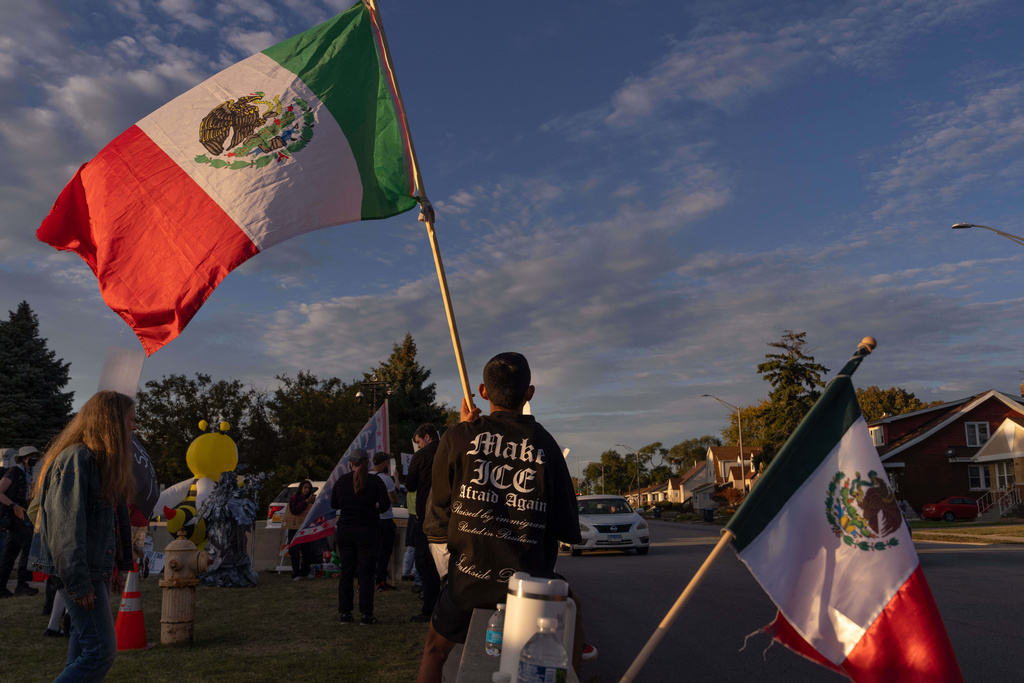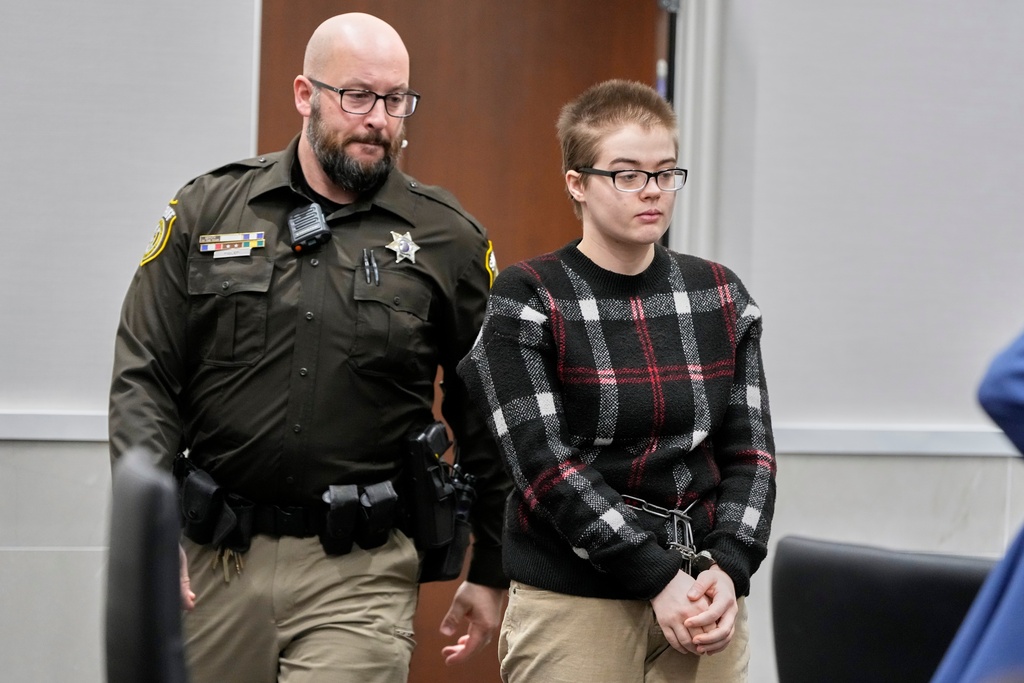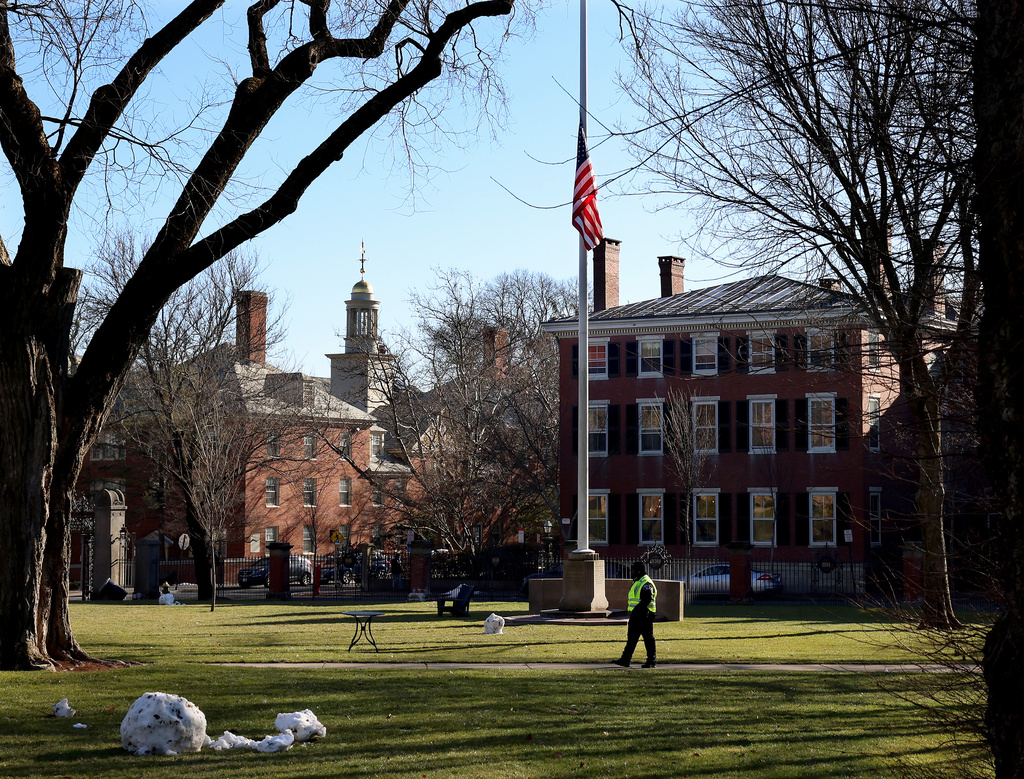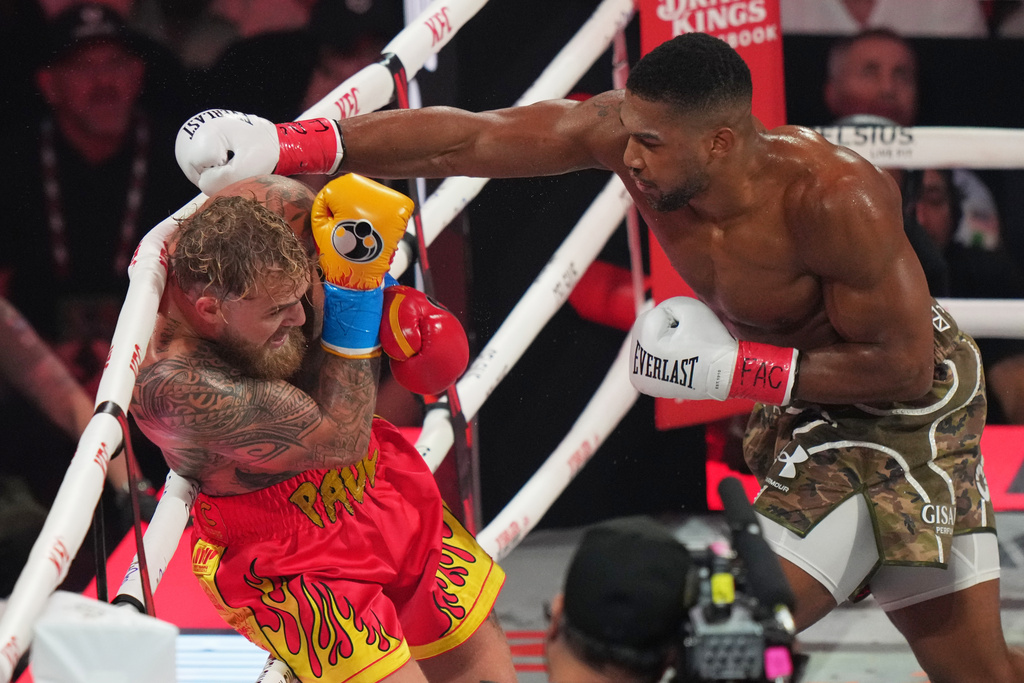They’ve played in multiple Super Bowls, but never hoisted the Lombardi trophy. Step aside Bills and Vikings — we’re talking about the Grambling State University’s marching band.
The "world-famed Tiger Marching Band" has played in six Super Bowl halftime shows — that’s more than the Green Bay Packers.
But how did we get to this? Let’s look back.
Former NFL Commissioner Pete Rozelle hesitated to do anything for the first Super Bowl halftime show in 1967 and reportedly said "that’s when everybody goes to the bathroom."
But he eventually OKed a performance by three marching bands, including Grambling State's — and kicked off the first era of Super Bowl halftimes.
Collin Giuliani is an NFL history expert and has studied the progression of the Super Bowl halftime show.
"So, you have marching bands from the 60s, then it kind of evolved into cheesiness, filling the field, trying to get as much as possible in the 70s and 80s," Giuliani said.
He says initially, it wasn’t must-watch TV, but the NFL decided to audible after viewers switched away from the game on CBS during halftime of Super Bowl 26.

Jason Kelce's pregnant wife Kylie will bring doctor to Super Bowl
Kylie Kelce will be 38 weeks pregnant come Feb. 12, so she's bringing her OB-GYN to the game — just in case.
"Fox had the genius idea to be like, look, we have people that don't like the halftime show, but we had everyone watching TV, thinking 'what if we aired a program live during the halftime show?' So Fox decided, 'we're going to air a live episode of in Living Color' — one of the biggest shows at the time. 'And we'll put a countdown clock on the show so you know exactly when it when it's over and when you can go back to CBS for the game and the show,'" Giuliani said. "A lot of people just stayed on Fox and they never flipped back. So, CBS took a massive ratings hit."
The league learned its lesson and the year after brought its Super Bowl audience the King of Pop.
Michael Jackson thrilled a television audience of over 133 million — more people tuned in for him than the first half.
After that, the NFL opted for big names for its big game with performances from Diana Ross, The Blues Brothers and U2.
And then of course there was controversy, when Justin Timberlake exposed Janet Jackson’s breast for about a half second during Super Bowl 38. After that, the NFL went with artists it viewed as more family-friendly.
Paul McCartney, The Rolling Stones and Prince entertained audiences in the years following the wardrobe malfunction.
In the 2010s the league returned to major pop artists with the likes of the Black Eyed Peas, Madonna, Beyoncé and Bruno Mars.
Along with Katy Perry — and two sharks, who showed out for Super Bowl 49 in 2015.
"That I think is the pinnacle of the halftime show. So many costume changes, so many set changes. The pacing was great. She got most of her had seen the using the guest stars with Lenny Kravitz and Missy Elliott was brilliant," Giuliani said.
As the shows have gotten bigger, so have the price tags — with multi-million dollar concerts crammed into just a few minutes.
Despite a huge TV audience, the NFL doesn’t pay performers — though it does cover their expenses.
Artists get global exposure — which usually leads to more sales after the game. And it means the NFL has little problem lining up a roster of superstars for the Super Bowl.











